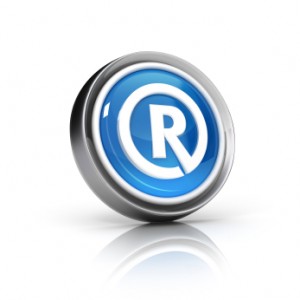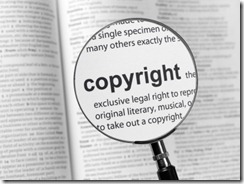 A trademark is a word, name, symbol or device which is used in trade with goods to indicate the source of the goods and to distinguish them from the goods of others. A trademark is obtained by submitting an application to the United States Patent & Trademark Office. During the application process, the applicant may use the TM designation to denote the trademark. The ® represents a registered trademark at the United State Patent & Trademark Office.
A trademark is a word, name, symbol or device which is used in trade with goods to indicate the source of the goods and to distinguish them from the goods of others. A trademark is obtained by submitting an application to the United States Patent & Trademark Office. During the application process, the applicant may use the TM designation to denote the trademark. The ® represents a registered trademark at the United State Patent & Trademark Office.
A servicemark is the same as a trademark except that it identifies and distinguishes the source of a service rather than a product. A servicemark is designated by a superscript SM (for example; ManufacturingAdvantageSM )
Trademark rights may be used to prevent others from using a confusing similar mark, but not to prevent others from making or selling the same goods or services under a clearly different mark. For example, consider Huggies® and Pampers®. Both products are disposable diapers for infants, but are manufactured and marketed by Kimberly Clark and Procter & Gamble respectively. The distinct trademarks are used to distinguish similar products. Additionally, each product may be protected by patents covering unique product features (absorbency, fit, tab closures, etc.).
The term ZBC 2000® (Zycon Buried Capacitor) is a registered trademark distinguishing the patented product in the printed circuit board market. From these examples, trademarks and patents often work together to establish a proprietary market position and establish a brand identity.
A copyright is a form of protection provided to the authors of “original work of authorship” including literary, dramatic, musical, artistic, and certain other intellectual works, both published and unpublished. The copyright protects the form of expression and not the subject matter of the copyrighted work. For example, a description of a product could be copyrighted, but the copyright would only prevent others from copying the description. A copyright does not prevent others from developing and writing a different description of the same product. The copyright also does not prevent others from making or using the product. Copyrights are registered by the Copyright Office of the Library of Congress.


Leave a Reply